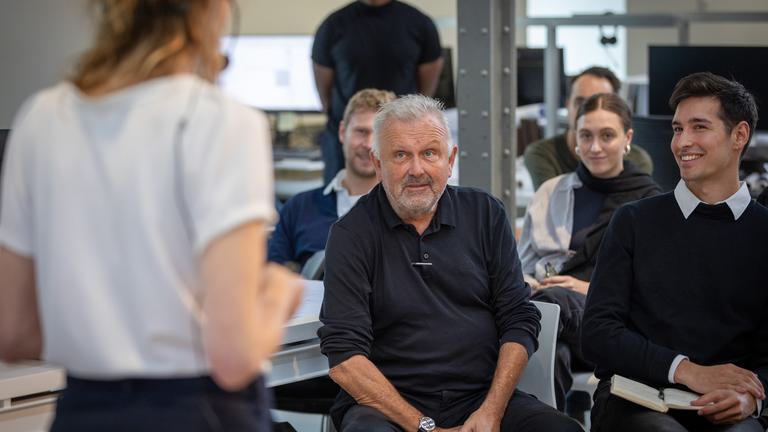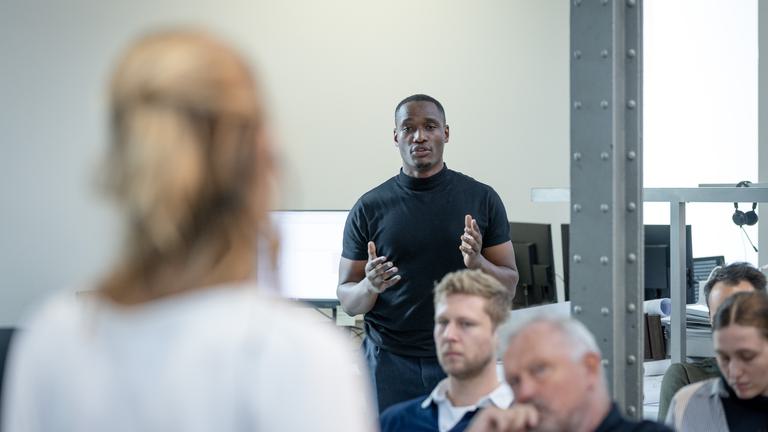Ingrid Sloots concluded our Green Week today with a presentation on nature-inclusive buildings. The vast need for measurements raises concerns, but the wide range of solutions offers hope.
gloomy
At her company, NEST, Ingrid Sloots and her colleagues deal with combining nature and architecture on a daily basis. After all, in the past 100 years, biodiversity went down 80 per cent. Nature will recover, 'it can do without us', says Ingrid. But we cannot do without nature. We need to start planning differently, both in cities and in agricultural areas: build less densely, keep cluttered areas messy, and don't plug every hole in a building for the sake of insulation. 'Gloomy,' Ingrid says of the figures she shows. But, she reminds us: 'You guys are part of the solution!'
checklist & regulations
In addition to existing building regulations, many municipalities in the Netherlands employ a 'points system for nature-inclusive building'. With the 'Omgevingswet', the number of nature conservation obligations will yet increase. Ingrid advises to take this into account now, as design processes take a long time and this law will probably be a reality next year. This can be done, for example, by checking a design using the biodiversity roadmap, which NEST developed together with the Bird Conservancy and developer Synchroon (free to download). In addition to a practical checklist, it explains specifically how to look at a site or building task. Such as to do research in advance, on what lives on the plot and who flies over it.
collaborate
Ingrid stresses the importance of working together so that the right knowledge is available and to do just more than the regulations require. With landscape architects and ecologists on the team, you take efficient measures and tot look beyond just the building or plot. Because biodiversity concerns the complete biotope: a 'home', good company, safety, food. Further more, perhaps the most important team member is the bird or animal itself: if you consider it as a team member, you automatically take it's needs into account. Such a bird might then indicate, for example, that it does not want an average bird box, but nesting options integrated in the façade. Animals like variety just like people.
small steps
One of the questions fired at Ingrid after her presentation is about the necessary mentality shift - a sparrow in your construction team is not enough, the starting point for any design and construction should be the notion that human beings are guests on the earth. Ingrid agrees, but stresses the importance of taking small steps as well. 'You have influence,' she reminds us. 'By not just striving for economic results, for example. And by not wanting to make iconic buildings, but by making choices that have lasting value for people and animals, project after project. Choose the right steps in today's reality.' These are small steps, but they do move forward.
Would you care to know more about sustainability at cepezed? Read the interview with Tatjana Anholts.
architects are agents of change



contact
→ Mail bd@cepezed.nl or call our business development team on +31 (0)15 2150000
→ Mail bd@cepezed.nl or call our business development team on +31 (0)15 2150000